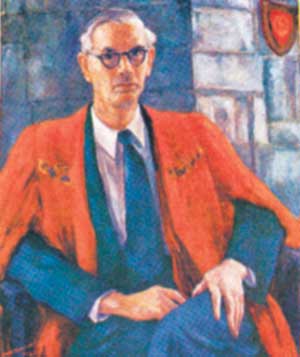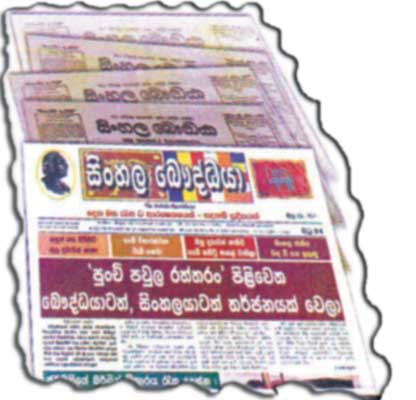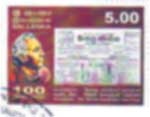The first Vice Chancellor
 |
| Sir Ivor Jennings – oil painting by David Paynter |
Sir Ivor Jennings is a name synonymous with University education in Sri Lanka. Born on May 16, 1903, he is remembered as the Englishman who made a notable contribution as a scholar, an academician and educationist during his 14-year stay in the country from 1941 to 1955.
A Professor of Law at the London School of Economics, he was appointed as Principal of the Ceylon University College which was affiliated to the University of London. After arriving here in March 1941, he soon started working on establishing the first university in the country. Barely 15 months after his arrival, the University of Ceylon was opened in Colombo on July 1, 1942.
He then started working on establishing the residential university at Peradeniya which became a reality in 1952.
Throughout his period of stay in Sri Lanka, he also functioned as Professor of Constitutional law in the University's Law Faculty.
Due to his close relationship with the first Prime Minister, Rt. Hon. D. S. Senanayake, he contributed towards the drafting of the constitution of Independent Ceylon. His solution to the problems of representation was acceptable both to the Cabinet of Ministers and the minority groups.
Amidst his busy schedule he found time to write at least six major books mainly on subjects related to this country including the constitutional history and the economy.
He left the country in January 1955, in the middle of his third term as Vice Chancellor after he was elected Master of Trinity Hall, Cambridge.
He died ten years later in 1965. His services were recognized with the issue of a stamp on October 16, 1989. |



